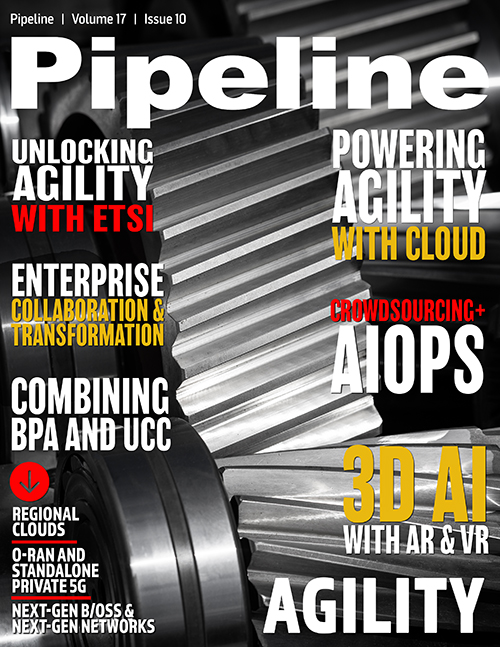Regional Clouds Are the Answer
The pattern
What emerges from this is a pattern with echoes from the past.
In the early days of cellular, NTT decided it had to try to do something in cellular. Senior management looked internally and decided that while its culture and processes were fine for the existing business, they wouldn’t work in this new area that required a high degree of innovation. Their answer was to set up a separate subsidiary (NTT Docomo) with all their innovative thinkers. In its early days, Docomo was wildly successful.
A similar approach would work to advance innovation now. Separate corporations could be created with federated connections to the telcos and governments in each region. These entities would gather innovators from throughout the region and add a few people from outside the region who can turbocharge regional innovation. These federated corporations can create the needed cultural environment for innovation. They allow telcos more control while creating an innovation ecosystem. Finally, they honor the time-tested principle of keeping telcos as a local strategic resource. This is consistent with historical restrictions in the US, Europe, and other parts of the world on foreign ownership and control of telcos and other operators of national critical infrastructures. The federated approach would also allow local governments to have what they need while allowing for regional talent pooling and economies of scale.
How much of the cloud stack must be locally sourced, owned, and controlled is a key question each region must answer. Regional content and service providers may emerge in some regional innovation ecosystems, but this can complicate matters. So, one approach is to leave applications and content to end users (represented by the yellow color in Figure 1, below). Then, decide whether to focus on control or orchestration, or seek to own the underlying resources. Such decisions lie on a continuum. This is shown in Figure 1.

Figure 1: Focus of regional cloud in darker green for control/orchestration to lighter for ownership of underlying resources
The emergence of edge computing and 5G is why timing is so critical. The hyperscalers are way up the learning curve in basic cloud, but edge computing is a whole new game. By its very nature, edge is where regional clouds may have a distinct advantage.
Not a threat to hyperscalers
Regional clouds are not a business threat to hyperscalers, because there are room and roles for both. Analysts have told the author that they estimate that only 15 percent of existing IT has been moved to the cloud. This leaves 85 percent of IT yet to



















